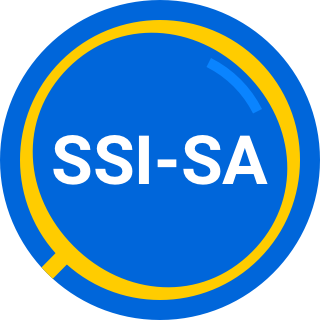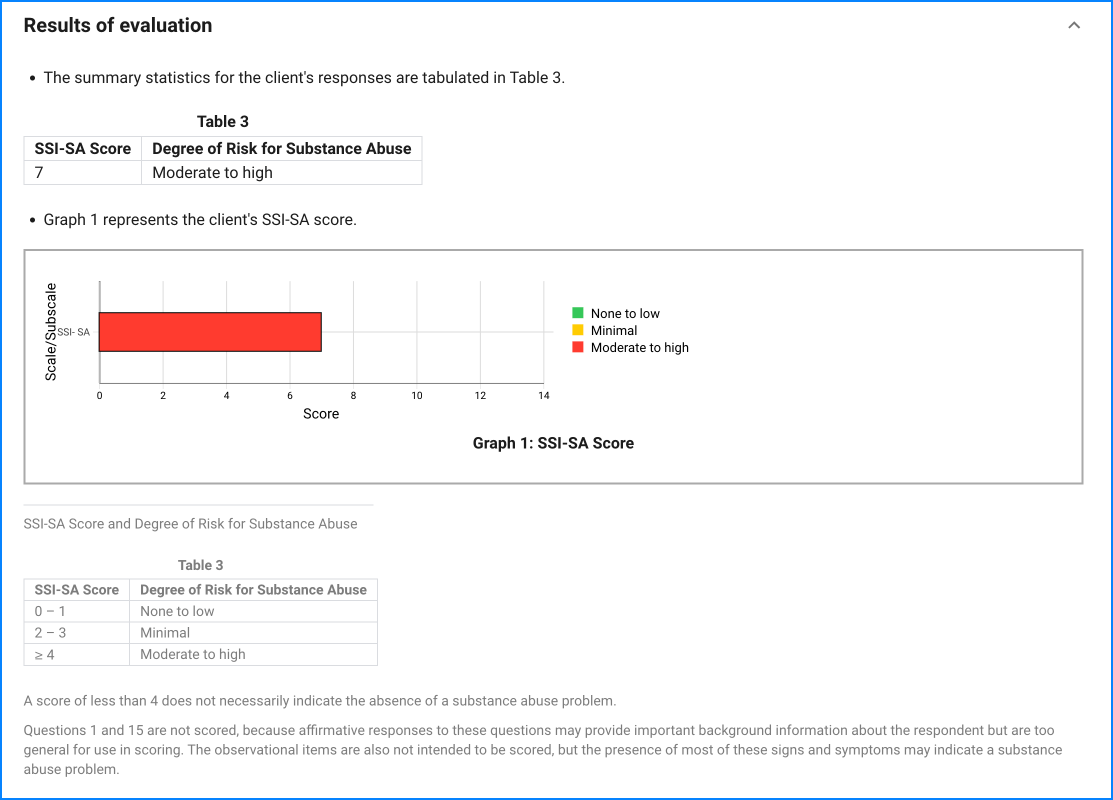Use of the screening instrument should be accompanied by a careful discussion about confidentiality issues. The interviewer should also be clear about the instrument’s purpose and should make it understood that the information elicited from the instrument will be used to benefit, not to punish, the individual being screened.
Some of the items in the screening instrument may trigger emotional distress or a crisis. Reactions may sometimes include anxiety or depression, which may be accompanied by sui- cidal thoughts and behaviors.
Since the questionnaire relies on client self-report, all responses should be verified by the clinician, and a definitive diagnosis is made on clinical grounds taking into account how well the client understood the questionnaire, as well as other relevant information from the client.
The five domains measured by the instrument are substance consumption (questions 1, 10, and 11), preoccupation and loss of control (questions 2, 3, 9, 11, and 12), adverse consequences (questions 5–9, 12, and 13), problem recognition (questions 2–4 and 13–16), and tolerance and withdrawal (questions 5 and 10).
It is expected that people with a substance abuse problem will probably score 4 or more on the screening instrument. A score of less than 4, however, does not necessarily indicate the absence of a substance abuse problem. A low score may reflect a high degree of denial or lack of truthfulness in the subject’s responses. The scoring rules have not yet been validated, and thus the substance abuse screening instrument needs to be used in conjunction with other established screening tools when making referrals.
Observation Checklist
The following signs and symptoms may indicate a substance abuse problem in the individual being screened:



